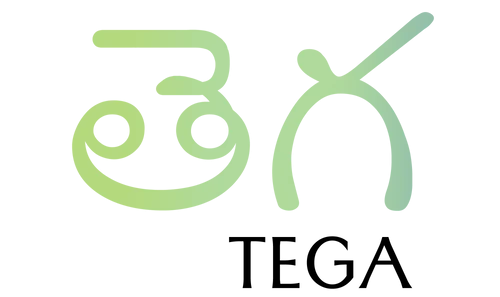As we work to reduce the greenwashing of sustainable material terms in the fashion industry, we’ll be exploring different materials and its environmental impact throughout a series of articles. In this article, we’ll be discussing Eri Silk, a type of peace silk.
You may have noticed that a lot of our pieces in the Alankara Collection are made with Eri Silk. So what exactly is it?
What is Eri Silk?
Eri Silk is a protein fiber derived from the cocoons made by the Samia Cynthia Ricini Moth, a breed native to South Asia. And because of the way the fiber is derived from the cocoons of these moths, it is considered a peace silk, or ahimsa silks.

What Makes Eri Silk a Peace Silk?
Eri Silk is one of the four types of peace silks. So what exactly determines if a silk is a ‘peace silk’?
Essentially, the way it's made.
With other types of silk, such as Mulberry Silk, the cocoons are boiled before the moths emerge, thus killing the moths in the process of deriving silk. However, when it comes to peace silks such as Eri Silk, the farmer waits till the moth finishes spinning the cocoon and flies away. As a result, no silk moths are killed in the process. Overall, the process from egg to the moth leaving the cocoon can take around 50 days!
After the moths leave the cocoon, the farmers collect the empty cocoons to harvest the silk fiber. Since this process does not involve the killing of moths, it is one of the preferred materials of Buddhists and vegans.
Once the cocoons are collected, they undergo a degumming process - where the gummy substance is removed. Then, the cocoons are stretched, flattened, dried and are ready to be spun.
What Does Eri Silk Feel Like?
When we think of silk, we often think of a high-maintenance, silky smooth and shiny material. However, because of the way Eri Silk is derived and made, it feels and looks slightly different.
Eri Silk is a very breathable fabric and has a cotton, matte finish with a slight silky feel. It is easy to maintain. In addition, because it doesn’t generate static electricity like other types of silk, the material does not stick to your body when you wear it.

How Eri Silk Helps the Local, Indigenous Economy and Environment
The entire process of producing Eri Silk has been carried out by indigenous communities in India for generations. They have been following the methods of their ancestors when it comes to weaving and dyeing eri silk. And by preserving this system and their ancestral techniques, it helps celebrate the indigenous community’s culture as well as aiding in their economic freedom.
The process of producing Eri Silk also contributes to a circular economy. Since the Eri silkworm eats a variety of leaves, castor, cassava and tapioca, all of which are part of the indigenous diet and local agriculture, there is no need to introduce non-native agriculture. So, the indigenous community uses what’s already native to their own community and farm instead of spending money on other food sources that may not be well suited for their local soil. Essentially, the Eri Silkworm’s diet allows for it to live in harmony with the indigenous community. It aids in the indigenous community’s economic freedom - both from the food it eats to providing silk - and allows for a circular economy.

Additionally, since the process of harvesting and weaving Eri Silk is carried out by hand, without any industrial processes, it has a very low carbon footprint.
How Tega Collective Incorporates Eri Silk
At Tega Collective, we try to use materials that both have a low environmental impact and empower the Adivasi communities we work with. We source our Eri Silk from indigenous communities in Northeastern India, where Eri Silk is predominantly harvested. And from there, the Lambani Adivasi community helps with the spinning, dyeing and embroidery of the Eri Silk to create the beautiful pieces in our Alankara Collection!

Check out some of the Eri Silk pieces the Lambani Adivasi artisans helped to create here, including the Alankara Placket Button Up, Embroidered Slip Dress (pictured on the left), and Embroidered Resort Dress.
For more information on the artisans we work with and for a breakdown of other sustainable materials we incorporate at Tega Collective, please check out our journal or subscribe to our newsletter!
